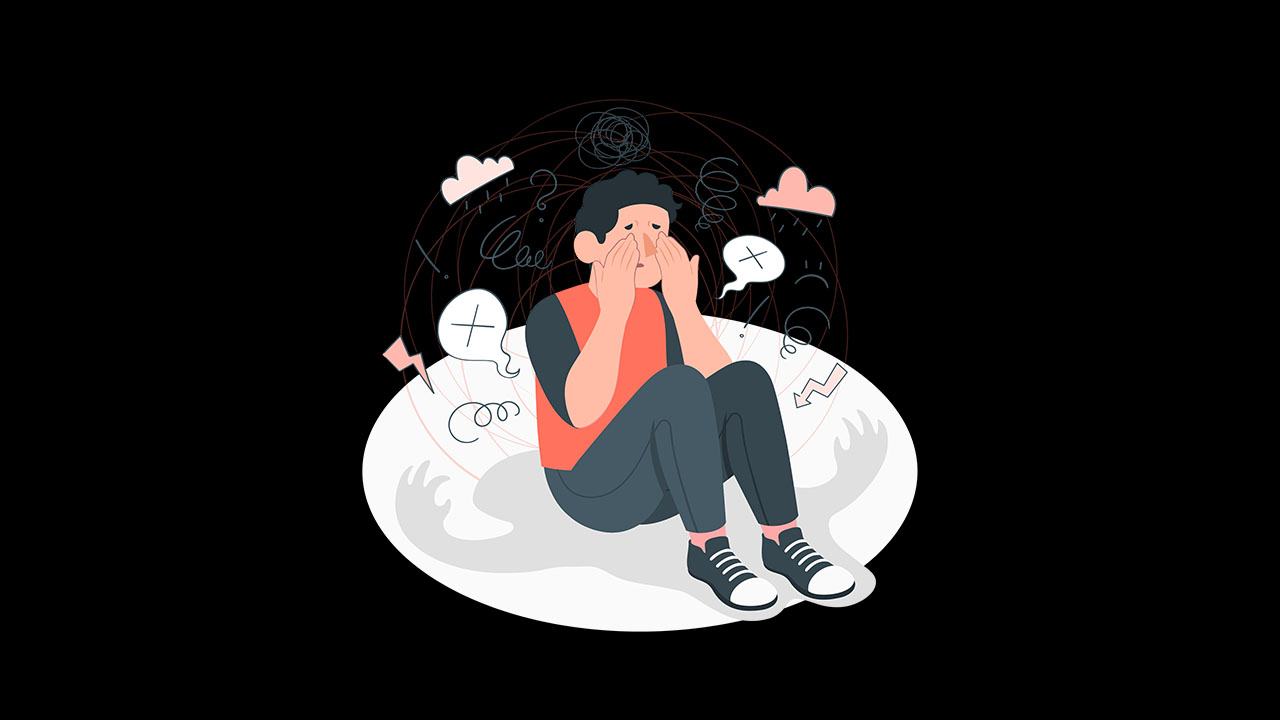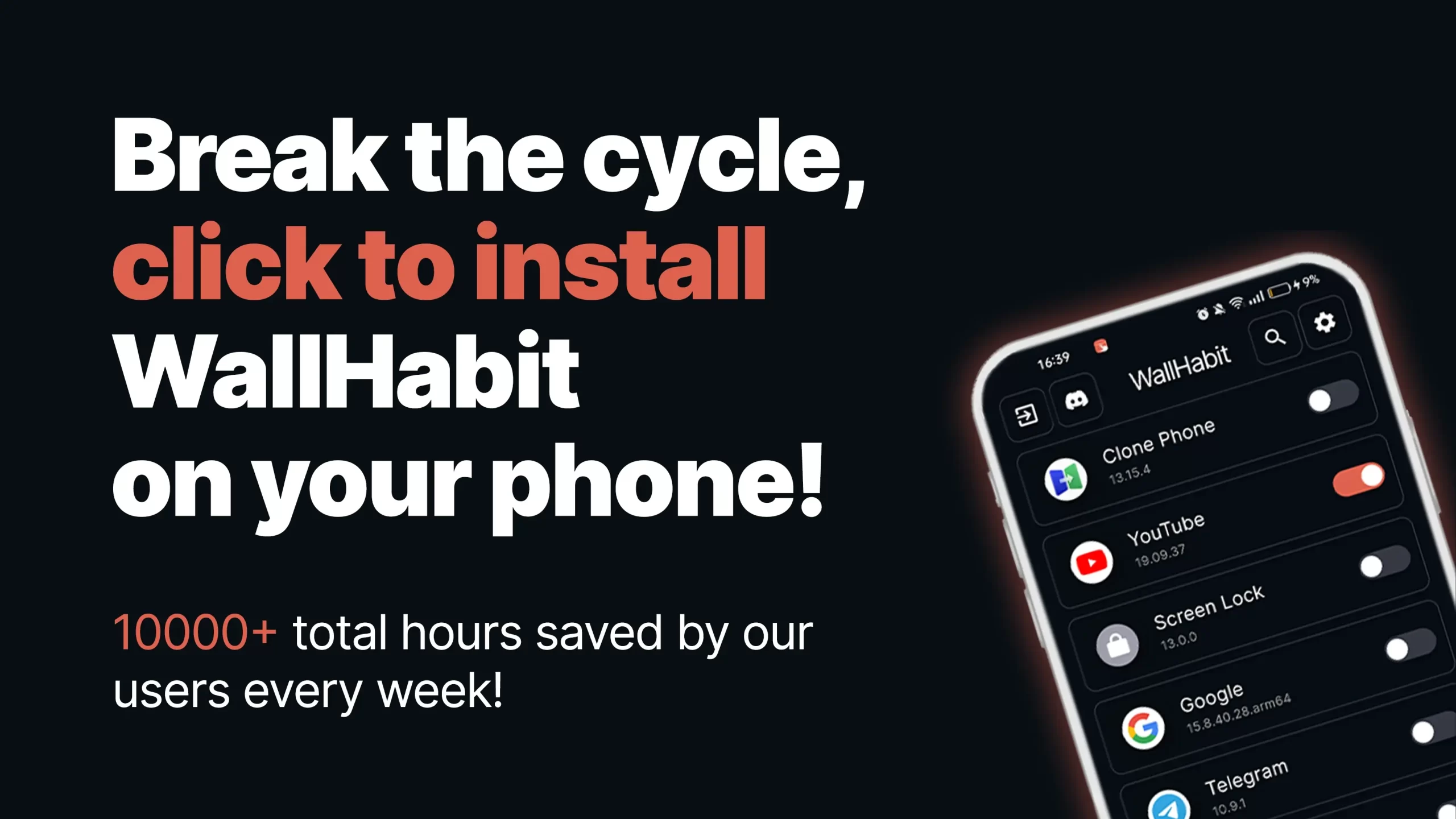Social media is everywhere. It’s on our phones, computers, and even our watches. With just a few taps, we can connect with friends, watch videos, and read news from all over the globe. While this connectivity is incredible, it also has a downside: overstimulation from social media. This is becoming a significant concern for many people. This blog will explore what overstimulation is, how it feels, and how you can deal with and prevent it.
What is Overstimulation?
What is overstimulation? It happens when your brain receives too much information at once. Imagine you’re in a room with hundreds of people talking, music playing loudly, and bright lights flashing. It would be hard to focus or relax. Social media overstimulation can create a similar experience. Constant notifications, endless scrolling, and the pressure to stay updated can overload your brain.
Your brain processes a lot of information when you use social media. Every like, comment, and share adds to this load. When you switch quickly from one type of content to another, your brain works even harder. This constant switching can be exhausting, leading to an overstimulated brain.
Overstimulation social media can make it difficult to concentrate on one task. It can also affect your ability to relax and sleep well. When your brain is overloaded, it becomes harder to filter out unnecessary information. This can leave you feeling overwhelmed and mentally exhausted.
What Does Social Media Overstimulation Feel Like?
The effects of being overstimulated by social media can vary from person to person. Some common symptoms include feeling anxious, stressed, or unable to focus. You might find it hard to concentrate on work or enjoy time with friends and family. Your mind might feel constantly “on,” making it difficult to relax or sleep well.
One clear sign of overstimulation from social media is when you feel the need to check your phone constantly. This habit can create a cycle where you keep reaching for your device, even when you’re trying to focus on other things. This can make you feel more anxious and distracted.
You might also notice physical symptoms. Headaches, eye strain, and a tense feeling in your body can all be signs that social media is overstimulating. Over time, these symptoms can affect your overall well-being and productivity. It’s important to recognize these signs early so you can take steps to address them.
How to Deal with Social Media Overstimulation
If you’re feeling the effects of overstimulation social media, it’s important to take action. Here are some strategies to help you deal with it:
- Take Breaks: Regular breaks from social media can give your brain a chance to rest. This is one way to control your brain from getting distracted from social media. Try setting specific times during the day when you won’t check your phone. This can help you stay focused on other tasks and reduce feelings of anxiety.
- Limit Notifications: Turn off non-essential notifications. This will reduce the number of interruptions you experience throughout the day. You can still check social media at specific times, but you won’t be constantly distracted by alerts.
- Mindful Use: Be intentional about how you use social media. Instead of mindlessly scrolling, set a purpose for each session. This could be to catch up with friends, find information, or simply relax for a few minutes.
- Set Boundaries: Create clear boundaries for social media use. This could include no phones at the dinner table or limiting use to certain hours of the day. These boundaries can help you maintain a healthier relationship with your devices.
- Engage in Offline Activities: Spend more time doing activities that don’t involve screens. Reading a book, going for a walk, or having a face-to-face conversation can be refreshing and help reduce social media overstimulation.
How to Prevent Overstimulation
Preventing overstimulation from social media is just as important as dealing with it. Here are some tips to help you stay balanced:
- Establish a Routine: Having a daily routine that includes regular breaks from screens can help you manage your social media use better. Plan specific times for checking social media and stick to them.
- Digital Detox: Occasionally, take a complete break from all digital devices. This can help reset your brain and reduce dependency on social media. A digital detox can be as short as a day or as long as a week.
- Use Technology Mindfully: Be aware of how much time you spend on social media. There are apps that track your screen time and can help you set limits. Use these tools to monitor your usage and make adjustments as needed.
- Prioritize Real-Life Interactions: Make time for in-person interactions with friends and family. These connections can be more fulfilling and help you feel less dependent on social media for social interaction.
- Practice Mindfulness and Relaxation Techniques: Techniques like meditation, deep breathing, and yoga can help you stay calm and centered. These practices can reduce stress and improve your ability to manage social media overstimulation effectively.
WallHabit
One effective tool for managing and preventing social media overstimulation is WallHabit. WallHabit is a commitment device designed to help you control your brain from getting distracted from social media and reduce the urge to check it constantly. It offers several features to help you stay focused and balanced.
One of WallHabit’s most useful features is the “hold to unlock” function. This feature puts certain apps behind a virtual wall. To access these apps, you need to press and hold a button. This small delay can be enough to make you reconsider whether you really need to use the app at that moment, helping you break the habit of mindlessly opening social media.
Another great feature of WallHabit is its ability to block shorts and reels. These short videos are often addictive and can easily lead to hours of wasted time. By blocking these features, WallHabit helps you avoid getting sucked into endless scrolling and keeps your social media use more intentional.
WallHabit also allows you to block entire apps. This can be useful if you find yourself frequently distracted by certain apps. By putting these apps behind a virtual wall, you can limit your access and reduce the temptation to check them constantly. This can help you stay focused on more important tasks and reduce feelings of overstimulation from social media.
Conclusion
Overstimulation from social media is a growing concern, but it’s possible to manage and prevent it. By understanding what overstimulation is and how it feels, you can take steps to address it. Simple strategies like taking breaks, limiting notifications, and using tools like WallHabit can make a big difference.
Remember to be mindful of your social media use and prioritize real-life interactions. By establishing a routine and practicing mindfulness, you can maintain a healthier balance and reduce the negative effects of social media overstimulation.
Taking control of your screen time not only improves your mental well-being but also enhances your overall quality of life. So, take a step back, assess your social media habits, and make the changes needed to create a more balanced and fulfilling life.

